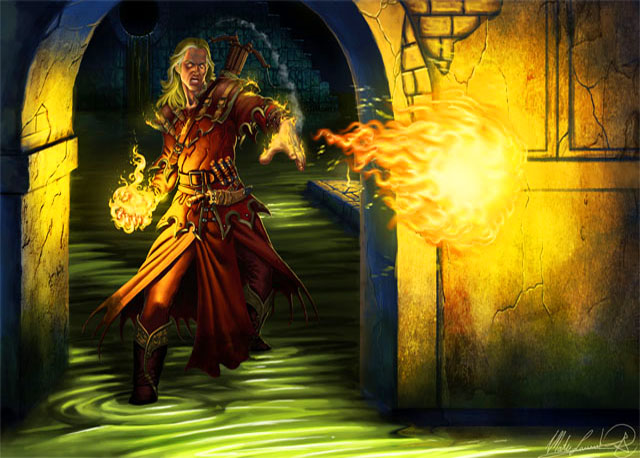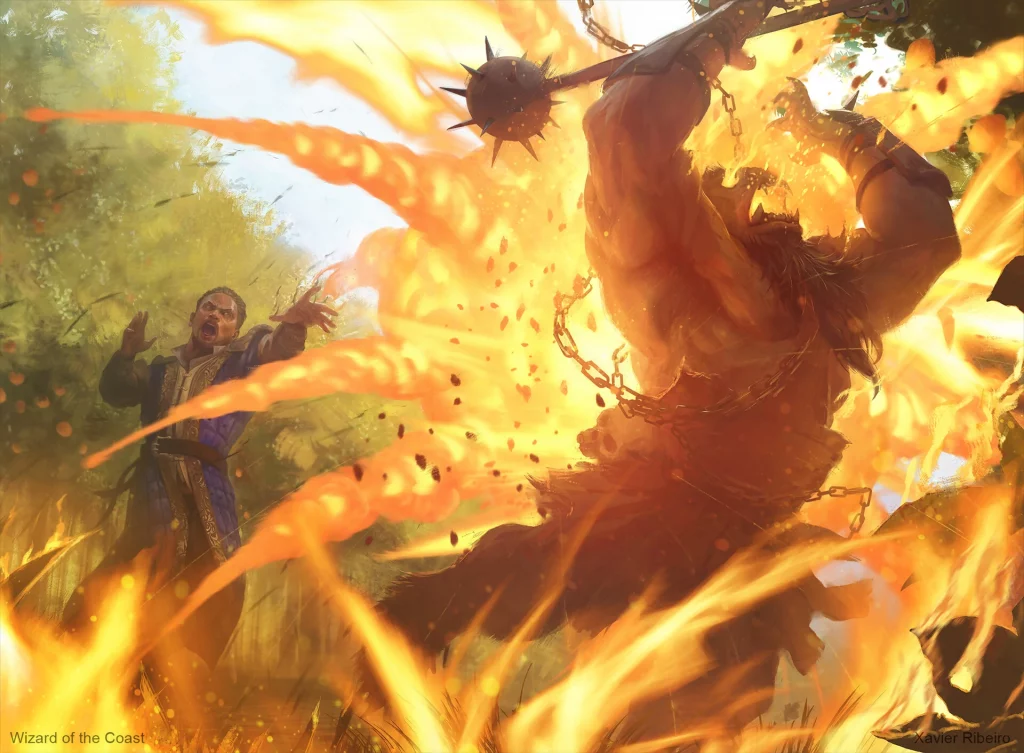Nothing can light off Dungeons and Dragons like a huge ball of flame. Don’t let it all go to the dragons. Read this an D&D-specific guide to the spell “fireball 5e.
The expression “kill it with fire” is a phrase that pops up frequently in the course of a D&D game. It doesn’t matter if you’re going toe-to head in the battle against any of the infamous dragons or one of the Big Bad Evils, Big Bad Evil like Vecna or another classic D&D creature fire is among the most effective methods to protect yourself. It’s no surprise that there are so many 5-e magic spells aid in bringing on the fire to the. If you’ve read our guide to 5e spells before you’ll be aware that DnD Fireball is among the best spells that can get the job done with a flaming flame.
If you carefully select non-fire spells in light of your wizard or Sorcerer’s background There’s a good chance that that fireball 5e will fill a slot in a spell. It’s widely considered to be among the top powerful DnD spells and only the most dedicated players would be able to resist improving your roleplaying character even a tiny bit by using this spell.

If you’re not carrying your D&D manuals at hand this guide will give you a quick overview of all you need to learn about using and wielding fireball. What is it we’re waiting on? Let’s get crackling.
Here’s the essential details you should know about fireball 5e
- Fireball 5e has features
- Who can cast fireball? 5e
- Casting fireball 5E
- The pros and cons Fireball 5e
Who is able to cast fireball 5e?
Wizards as well as Wizards are the most popular candidates to cast fireballs. However, there are many ways for other DnD class can participate in the excitement.
A Warlock that makes The Fiend their patron can gain access to fireball on the third level, just like the member of the Warlock of the Genie who is been an Efreeti patron. Blood Hunters can also pledge their loyalty to The Fiend and learn about fireball when they join the Order of the Profane Soul. An Cleric from the Light Domain can access the spell at the sixth level while an artist Artificer can begin learning fireball at the ninth level.

This Magical Secrets feature also means that a 10th level Bard can also be able to take on the spell and become a wizard, and with College of Lore Bards able to master Fireball earlier. In terms of subclasses, Arcane trickster Rogues and Eldritch Knight Fighters can also both learn Fireball and Rogues being having the ability to learn it at level 14, and Fighters being able to learn it from level 13.
How do you cast fireball 5E?
To cast fireballs to the sky, your wizard or sorcerer should have all the necessary elements. This includes both verbal and physical gestures, so you can expect to hear some hand waving and chanting. Also, you’ll need the components of your material including sulfur, as well as some bat the guano. The cost of arson that you can order is bat poop in your pockets – gross.

After your items are ready, make a point in of your range. A blaze will be visible from your fingers and deal 8d6 damage to an unsuccessful Dexterity saving throw, and half that amount of damage on successful ones.
Pros and cons of the fireball 5e
There’s good news as well as bad news when it comes to casting fireballs. The good thing is that the flame streak may extend past the edges and through holes, burning everything that is which is flammable, even if it’s not worn or carried. It’s possible to ignite anything within the radius of the target to a crisp. That’s plenty of damage possibility which is a great thing.
Another good thing is that the potential damage of fireball increases with increase your level. In the event that you spell with a fourth-level or greater spell slot, you are able to increase the damage by 1d6 for every slot you select higher than the level of three. Thus, for instance the level six fireball can do more damage of 3d6.
The negative part is that the other members of your party are often in range of your ball. It’s a pain to fight close-range. The Evocation Wizard who is able to use Sculpt Spells can avoid awkward encounters with friendly fire however, if you don’t, you’ll need to utilize your firethrower’s abilities with care.
It’s not the only drawback to fireballs. In the sense of immunity and resistances are concerned there are a shocking amount of D&D creatures are safe from fire. Fire-related spells are also quite useless underwater since all creatures that are submerged become immune to fire damage.

When there’s so many hurdles in throwing huge balls of flame, why is it so popular? It’s as satisfying to say the least. It’s still extremely effective in the right spots. With a range of 150 feet, that you can trigger an explosion in numerous locations. Why not think of something new? Make the bridge a fireball to make sure that all your enemies sprint across it. The Spider Crawl will climb up the ceiling to unleash hell from the top. Make use of your fireball as an expertly put-down dynamite stick and destroy your adversaries by hurling debris.
Fireball is an DnD spell that is both strong and insecure. It can be a threat to low-level characters due to instability, but also provides players in the early stages of gaming with lots of entertainment and creative possibilities. We are a fan of fireball and we like the game due to the fact that it’s damaged.
